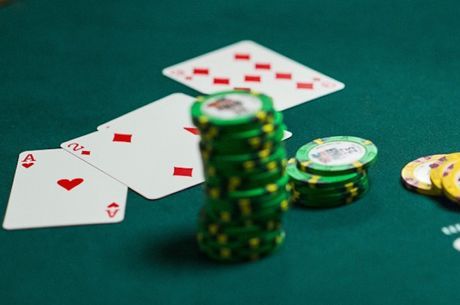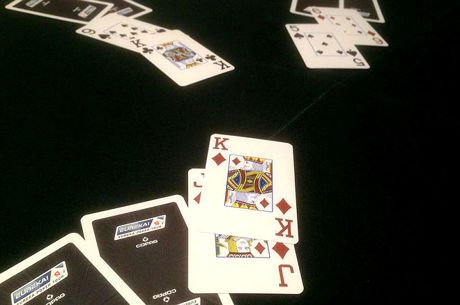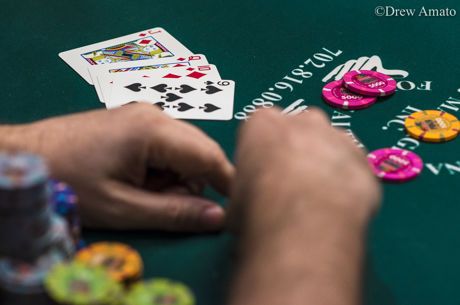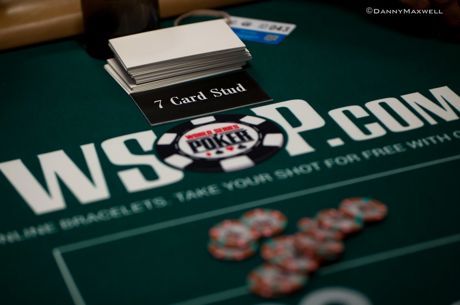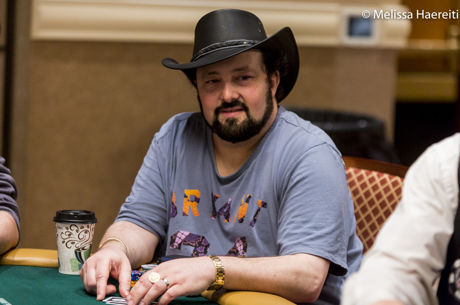Stud Poker Strategy - Your Image - Part II

In the first part of this series on image, I noted how important it is to recognize your image in the mind of your opponent. And I noted some difficulties in doing so – starting with self-delusion. I'd like to introduce a few other reasons why it is difficult to know how you are viewed in the eyes of your opponents at the poker table.
You need to be aware not just of your play in general but in your play in the recent history at the poker table. Recent history is often much more important than your entire playing resume.
You play with opponents for a limited time. Look around the poker table you're at the next time you play. One player may never have played with you before. Another may not pay attention. A third may know you very, very well, having played with you for years. A couple of other players may be so distracted with conversation, or alcohol, or a sports bet, that they haven't noticed anything about your play. Each player will come to his own conclusion about you and the way your general style of play.
Even good poker players tend to have very limited memory when it comes to their opponents.
Consider the following situation. You are generally a very tight and aggressive player, raising when you believe you are ahead, folding when you have little or nothing, and only chasing when you have the pot odds to do so. You know that you don't play like this 100% of the time, but in general it defines your game. This is your image of you.
However, you had three unusual hands in the space of about fifteen minutes. They all followed the pattern that I'll describe below.
You were in late position relative to the bring-in with (77)A. It was folded to you. You raised to steal the antes only to get called by the bring in who had a 2. On fourth and fifth street you caught in succession a King, and a Jack, and bet each time as your opponent didn't appear to have anything. You had hoped to convince him that with your board of AKJ you at least had a premium pair. But he called each of your bets.
On sixth street you hit a Queen. It was also your third exposed club. Your opponent paired an 8 he had – not his door card. He was high on board and checked. You bet, desperately hoping that the combination of your three suited cards, your four straight cards, and his weakness (as evidenced by his check) would convince him to fold. He didn't. He called.
Finally, on the river, you didn't improve. He checked. You realized that with his pair of 8s against your pair of 7s, that the only way you could win this pot was to bet. You figured that there were about eight big bets in the pot. Even if he folded only 15% of the time you bet on the river, your play would show a profit. So you bet as a naked bluff, knowing your only chance of winning was for him to fold.
He paused for a while and then called you. Damn. You both exposed your hands and he won, with only a pair of 8s! How awful.
As I mentioned before, there were two other hands within these fifteen minutes that played out similarly. This confluence of unusual events had an impact on more than your bankroll. It affected your image in the minds of some of your opponents.
A few of the players who either didn't remember your play from prior sessions or hadn't seen you play at all were now convinced that you were a weak player and a desperate bluffer. They didn't play the hand out carefully in their head. No need. What they saw and what they remembered was pretty simple. You pushed a small pair all the way through the river, only to lose in a showdown. How pathetic. This wasn't a one shot deal that they witnessed. This was how you played – having done so not once but three times.
Your image in their mind was of a pathetic losing player. The fact that you knew yourself to be better than these atypical hands made you look was irrelevant. You must recognize your image as it appears. It doesn't matter if it doesn't truly reflect how you view yourself or even how others who know you better view you. This isn't a summary evaluation that you can dispute with your supervisor. This is a snapshot that has no appeal.
The successful stud player must be able to recognize what his image actually is, so he can use it to his advantage. He must be flexible enough to recognize that it changes both over time and from player by player. You must respond accordingly.
Before you drive yourself crazy with this, recognize that most situations at the poker table don't require much consideration of your image. 75% or more of the time you're going to fold your starting three cards because they aren't playable regardless of your image. Similarly, your hand will be played aggressively or passively without any regard to your image – based strictly on the cards you have and the cards you see.
The notion of image comes into play, generally, only when you are facing relatively close calls – when the motivation of your opponent must be evaluated before you decide on your betting action. But though these situations don't arise frequently, they are very important when they do present themselves. Playing them correctly can be the difference between a winning and a losing session.
In my next column I'll deal with a few examples of how you should take advantage of these playing situations when they arise.





